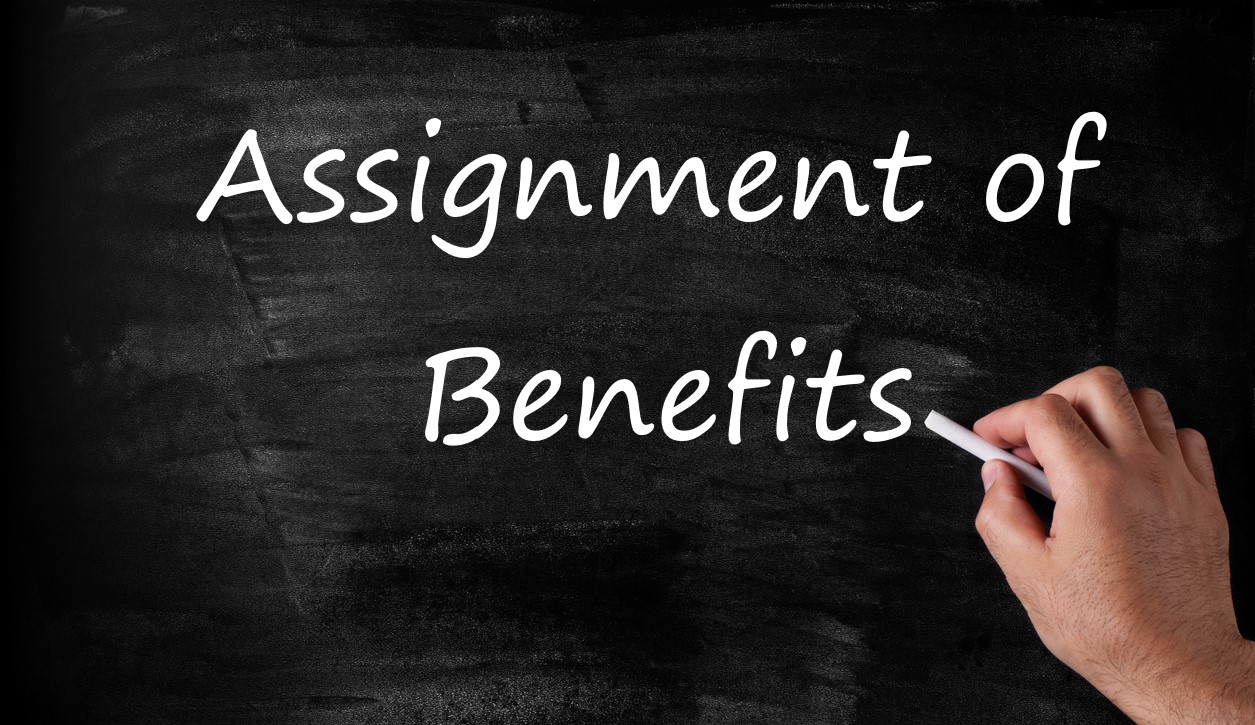The standard Business Income (And Extra Expense) Coverage Form CP 00 30 04 02 says, "We will pay for the actual loss of Business Income you sustain due to the necessary ‘suspension’ of your ‘operations’ during the ‘period of restoration.’" Business Income is defined as:
- Net Income (Net Profit or Loss before income taxes) that would have been earned or incurred; and
- Continuing normal operating expenses incurred, including payroll.
In Polymer Plastics Corp. v. Hartford Cas. Ins. Co., 389 F. Appx. 703 (9th Cir. 2010), the plaintiff-corporation moved for a novel reading of the standard business income provision that would prevent carriers from considering gross profits from in the business income methodology in Nevada.
In the unreported opinion, the Court rejected Polymer’s argument stating:
The district court’s formulation of the Policy achieves the purpose of the insurance provision in the first place, and most closely conforms to the actual text of the Policy itself. The essential purpose of business interruption insurance is to place the insured in the position it would have occupied if the interruption had not occurred. Business Protection or Interruption Insurance, 46 C.J.S. § 1531. Polymer’s formulation ignores the term “actual loss of business income” by refusing to take into consideration the gross profits earned during the period of restoration. The Policy as a whole demonstrates an agreement to pay for actual losses, and not for any recovery above that amount. Adopting Polymer’s interpretation would ignore the term “actual loss” as well as the other provisions of the Policy that limit coverage to losses actually suffered. Therefore, we see no error in the district court’s interpretation of the Policy as a whole.
Polymer also argues that, at the very least, its interpretation of the Policy is reasonable, and the district court should have adopted its interpretation because Nevada law requires courts to resolve any ambiguities in an insurance contract in favor of the insured. See Insurance Corp. of Am. v. Rubin, 107 Nev. 610, 818 P.2d 389, 392 (1991). As evidence that the Policy could reasonably be interpreted as requiring Hartford to compensate Polymer for continuing normal operating expenses plus net income that would have been earned, without subtracting gross profits actually earned, Polymer relies on Continental Ins. Co. v. DNE Corp., 834 S.W.2d 930 (Tenn.1992). But the insured in that case was projected to operate at a loss, simplifying the calculation.
In addition, the Continental court specifically reiterated that a policy should not be interpreted to put the insured “in a better economic position from having had its business interrupted than it would have occupied had there been no interruption of its business operations.” 834 S.W.2d at 934. In fact, such “an interpretation would obviously be inconsistent with the purposes of providing insurance, as well as with the decisions in other cases involving similar issues.” Id.; see also B.F. Carvin Constr. Co., Inc. v. CNA Ins. Co., 2008 WL 5784516, at (E.D.La. July 14, 2008) (“[T]his type of policy is designed to prevent the insured from being placed in a better position than if no loss or interruption of business occurred.”). Therefore, we conclude that the district court did not err in its business income loss methodology.
From a legal perspective, it will be interesting to see how the Polymer court will treat Amerigraphics v. Mercury Casualty Company, 182 Cal. App. 4th 1538 (March 23, 2010), when analyzing California law, where a State Court of Appeals declined to follow Dictiomatic, Inc. v. U.S. Fid. & Guar. Co., 958 F.Supp. 594 (S.D. Fla. 1997) (which is seminal in the analysis of accounting methodologies) and held:
If a catastrophic event damages an insured’s business premises and prevents the insured from being able to operate, any business in that situation would face two distinct problems: (1) a loss of money coming into the business (loss of income), and (2) payment of ongoing fixed expenses, even though no money is coming in. A reasonable insured would see that the definition of “Business Income” has two distinct components: (i) net income, and (ii) continuing normal expenses. Because the definition provides that “Business Income” includes both items, a reasonable insured relying on the plain language of the clause would reasonably conclude that the policy covers both items. Indeed, we note that the “Business Income” provision appears in the policy under the preceding heading of “Additional Coverages.” Given its placement in the policy and the plain language of the provision, it would be objectively reasonable for an insured purchasing the policy to construe it as protecting both its lost income stream and as defraying the costs of ongoing expenses until operations were restored.
I will keep you updated on this important question that could change the future of business income claims.



